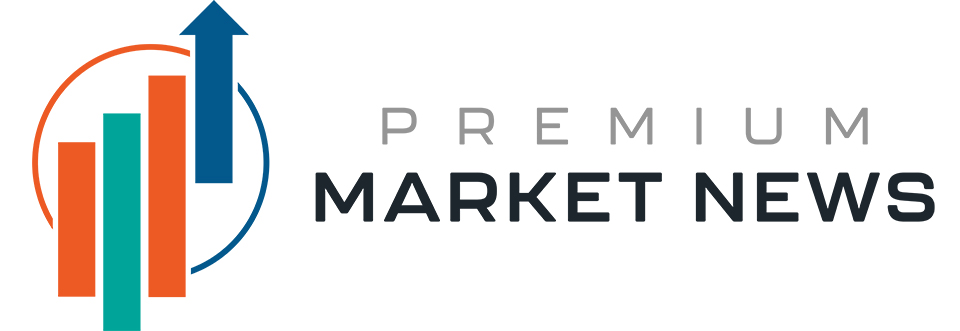Retirement planning in the U.S. is seeing several important updates for 2025. New contribution limits, inflation adjustments, and changes in Medicare costs are shaping how workers and retirees manage their savings. The goal is to make it easier to save and stretch retirement income, though the new rules also bring fresh deadlines and restrictions to keep in mind.
Social Security Benefits Are Rising Again
Credit: Getty Images
The Social Security Administration approved a 2.5% cost-of-living adjustment for 2025. That means the average monthly benefit for retirees increases from $1,927 to $1,976. It’s a smaller bump than last year’s 3.2%, but it still helps offset living costs.
Medicare Premiums Are Climbing
Credit: Getty Images
Medicare Part B premiums rise to $185 a month in 2025, a 6% increase over last year’s rate. Because premiums are often deducted directly from Social Security checks, the higher cost will eat into some of the COLA gains. The Part B annual deductible also increases to $257.
New $2,000 Cap on Prescription Drug Costs
Credit: Getty Images
A major Medicare change this year limits annual out-of-pocket prescription expenses to $2,000. The Inflation Reduction Act introduced that cap, which applies to Medicare Part D and Medicare Advantage drug plans. Analysts expect around 3.2 million retirees to benefit from it, particularly those who take high-cost medications for chronic conditions.
Bigger 401(k) Contribution Limits
Credit: Getty Images
For 2025, workers under 50 can contribute up to $23,500 to a 401(k), 403(b), or Thrift Savings Plan, an increase of $500 from 2024. Thanks to the $7,500 catch-up allowance, those 50 and older can contribute up to $31,000. These adjustments are also tied to inflation.
Super Catch-Up Contributions for Ages 60 to 63
Credit: pexels
Workers approaching retirement now get a special “super catch-up” window. Those aged 60 to 63 can contribute an additional $11,250 beyond the regular limit, for a total of $34,750. The higher allowance was created under the SECURE 2.0 Act to help older workers make up ground after career interruptions or delayed saving.
IRA Contribution Limits Hold Steady
Credit: Getty Images
Individual Retirement Account (IRA) contribution limits remain at $7,000, with an extra $1,000 catch-up allowance for those 50 and older. Though unchanged, these accounts remain valuable for tax-deferred or tax-free growth, depending on whether you choose a traditional or Roth IRA.
Required Minimum Distributions Stay at Age 73
Credit: Canva
Anyone turning 73 this year must begin taking required minimum distributions (RMDs) from traditional IRAs and workplace retirement plans. Under the SECURE 2.0 Act, the age threshold moved from 72 to 73. Failing to take the correct amount triggers a steep 25% penalty.
Tighter Rules for Inherited IRAs
Credit: Getty Images
Heirs who aren’t spouses must now empty inherited IRAs within 10 years of the original owner’s passing. The IRS delayed enforcing this rule until 2025, but the grace period is officially over. The change eliminates “stretch IRA” strategies that allowed beneficiaries to extend withdrawals—and tax deferrals—over decades.
Standard Tax Deduction Increases
Credit: Getty Images
Inflation brings slightly higher tax breaks in 2025. The standard deduction rises to $14,600 for single filers and $29,200 for married couples filing jointly. Retirees aged 65 or older can claim an additional amount of $1,950 extra for singles and $1,550 per qualifying spouse.
Social Security Earnings Limits Adjust Upward
Credit: studioroman
Retirees collecting benefits before full retirement age can earn up to $23,400 without penalty. Beyond that, the Social Security Administration withholds $1 in benefits for every $2 earned. For those reaching full retirement age this year, the limit rises to $62,160, with a smaller $1-for-$3 withholding rate.
Roth 401(k)s Get a Break on RMDs
Credit: Getty Images
Roth 401(k) holders now have more control over their money. Starting in 2025, these accounts are no longer subject to required minimum distributions during the owner’s lifetime. The update brings them in line with Roth IRAs and makes workplace Roth plans a stronger choice for long-term savers. Retirees now have the freedom to choose when to withdraw funds, which helps them manage taxes and plan their estates more effectively.
Automatic 401(k) Enrollment Expands
Credit: Getty Images
More employers must automatically enroll eligible workers into 401(k) plans, a change stemming from the SECURE 2.0 Act. Employees can still opt out, but the default enrollment rate encourages participation. Research shows automatic enrollment dramatically boosts retirement savings, especially among younger and lower-income workers.
Qualified Charitable Distributions Get a Lift
Credit: Getty Images
The annual limit for Qualified Charitable Distributions (QCDs) from IRAs rises to $108,000. Retirees aged 70½ and older can donate directly from their IRA to a qualified charity and exclude the amount from taxable income. QCDs also count toward required minimum distributions, making them a tax-smart way to support favorite causes.
Student Loan Payments Now Count Toward Retirement Matches
Credit: Getty Images
Under SECURE 2.0, employers can now match employee student loan payments as if they were 401(k) contributions. That means workers paying down debt can still earn retirement matches without contributing separately to their 401(k). It’s a win for younger professionals balancing loan repayment with saving for the future.
Tax Credits for Small Business Retirement Plans
Credit: Getty Images
Small businesses that establish new retirement plans can now claim expanded tax credits covering up to 100% of their administrative costs. Employers offering matches or contributions for lower-income workers can receive additional credits. The incentive aims to increase access to retirement benefits for employees at smaller firms.
